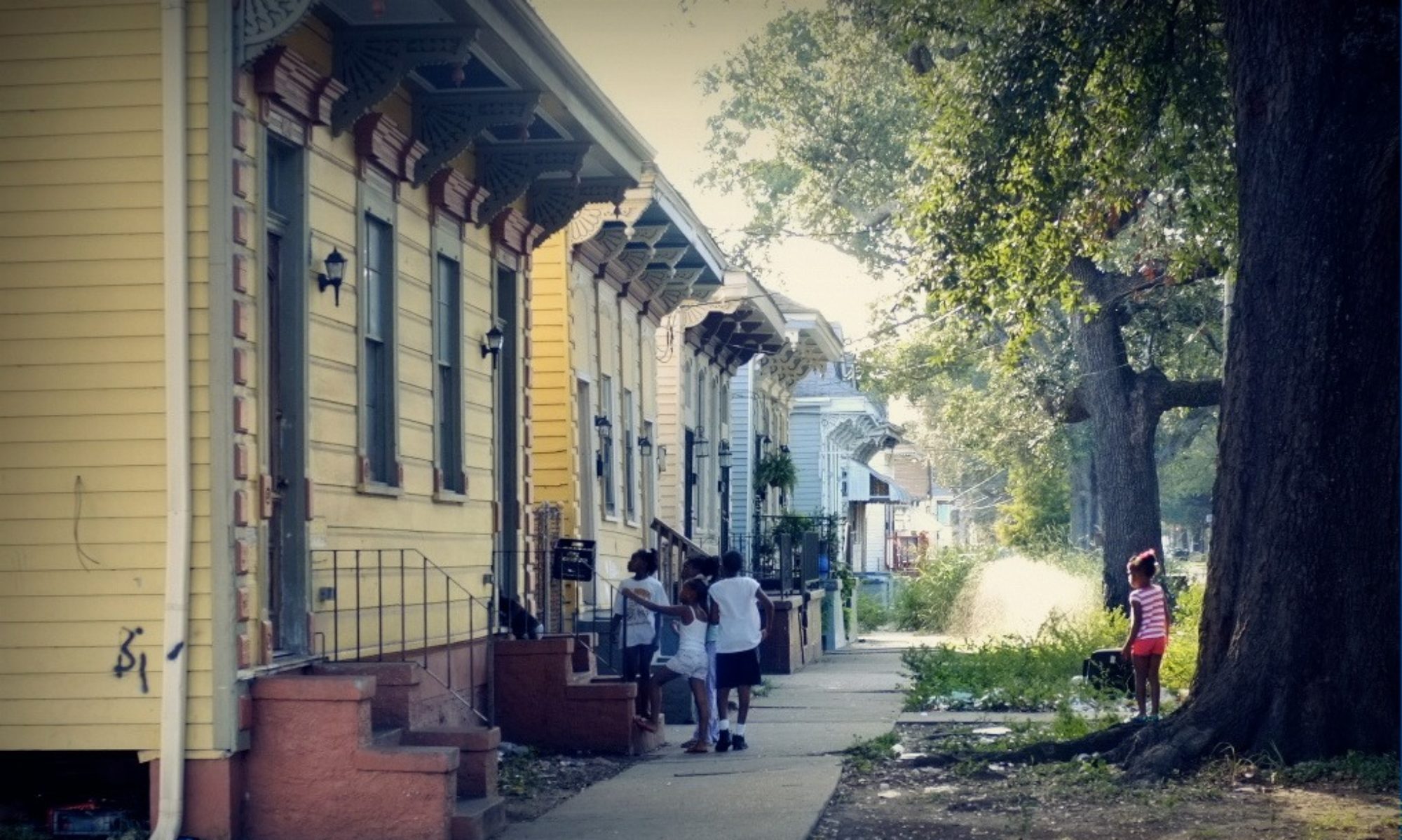Sign The Petition by The Parc Fontaine Tenant Union
Petition for Emergency Rental Assistance Program
Upcoming events (check out calendar for more)
Monthly Meetings!
First Thursday of Month.
6pm-8pm. First Grace Church. 3401 Canal St.
Weekly Canvassing Opportunities
Sundays, Thursdays, Saturdays. Email daiquiri@jpnsi.org for more info.
COVID-19 and the Crisis within a Crisis
New Orleans now has a growing majority renter population. It is estimated that more than a third of the workforce in the city belongs to its tourism and hospitality industries, which were decimated by the pandemic. Those who could work feared for their health. ‘Tens of thousands’ of layoffs expected next week in tourism-dependent New Orleans. The local disparity of medical access and the fact that many in Louisiana suffer from diabetes, hypertension, and other compromising medical conditions meant many in the city were at risk.
A substantial amount of evidence shows that housing has a significant and direct effect on health, especially for low-income populations. Locally, we have a 25 year life expectancy gap between the most economically depressed and affluent neighborhoods.
The Covid pandemic and lockdowns took the country by surprise. By April 2020, a third of U.S. citizens could not make their rent payments by the first of the month, and just a week before, 6.6 million Americans filed for unemployment with the numbers continuing to rise past record levels. With half of renters in New Orleans spending almost a third of their paychecks on rent, a significant portion of the aid could be read as a subsidy for landowners. Even with the added financial assistance, many waited months to receive aid while others were ineligible. Landlords began illegally and aggressively evicting renters.
Then, as the city was still recovering, Hurricane Ida hit in 2021. Tens of thousands of people were temporarily displaced, billions of dollars and damages occurred, and power went out across the city. Blue tarps covered homes across the city and many homes were destroyed or heavily damaged.
The Renters’ Rights Assembly fought to keep eviction courts closed and took down slumlords passing off years of neglected repairs as Ida damages. The RRA held trainings to let renters know how they could fight their eviction what protections were in place post-disaster. The RRA also helped passed ordinances ensuring a legal Right to Counsel for renters’ facing eviction and solidifying Healthy Homes policies in the city. We will continue to fight as crisis after crisis feeds into the housing crisis that still grips the city in the post-Katrina context.
